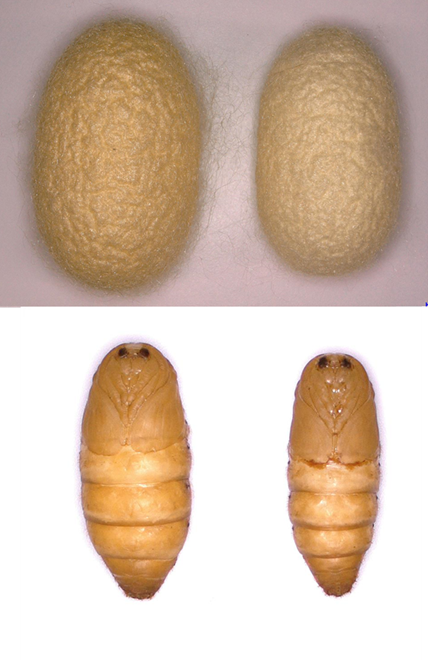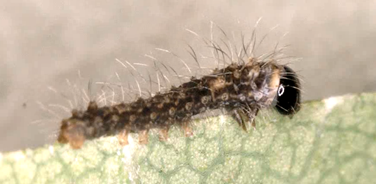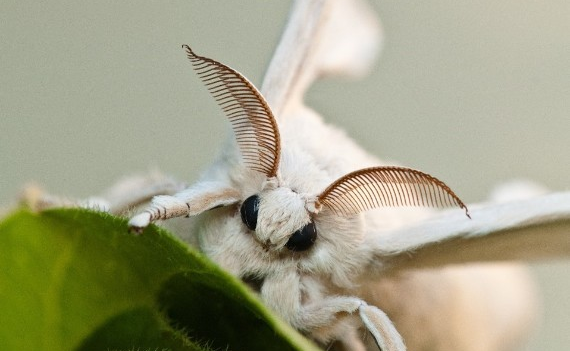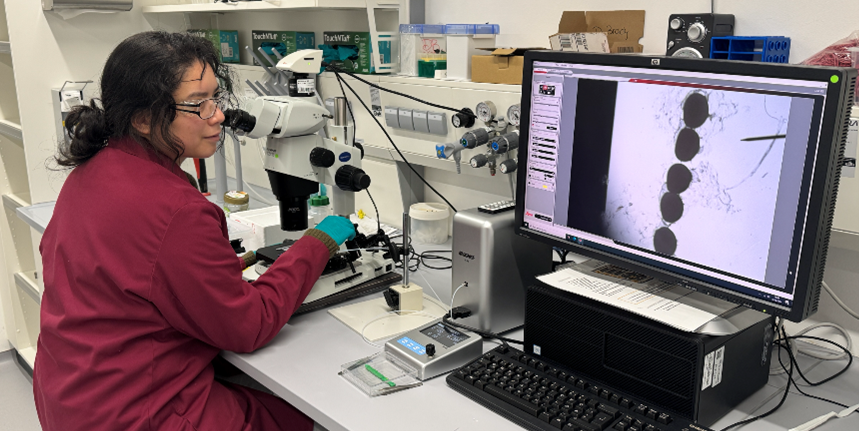Motivation and problem definition
Sticking things to the inside of the human body is no easy task. Anyone who has ever tried to attach a plaster to moist skin knows how frustrating it can be. In surgery, doctors often have to reattach tissue or close internal wounds in a moist environment. Sutures and staples are usually used. Although a medical adhesive would be faster, gentler and more conformable, existing adhesives often do not hold well, are toxic to tissue or adhere poorly to moist surfaces. Others are safer, but weak and unreliable. The consequences can be serious - after abdominal surgery, for example, up to one in five patients experience internal leakage at the surgical site. It is therefore clear that better medical adhesives are urgently needed.
Nature may already have the solution. Some animals produce waterproof silk that works like adhesive tape under water. These natural adhesives are strong, harden quickly and adhere excellently to moist surfaces - exactly what surgeons are looking for. The problem is that these insects are small and cannot be bred in significant quantities to harvest their sticky silk. But what if we could enable silk-producing insects to do this?
 Fraunhofer Institute for Molecular Biology and Applied Ecology IME
Fraunhofer Institute for Molecular Biology and Applied Ecology IME





